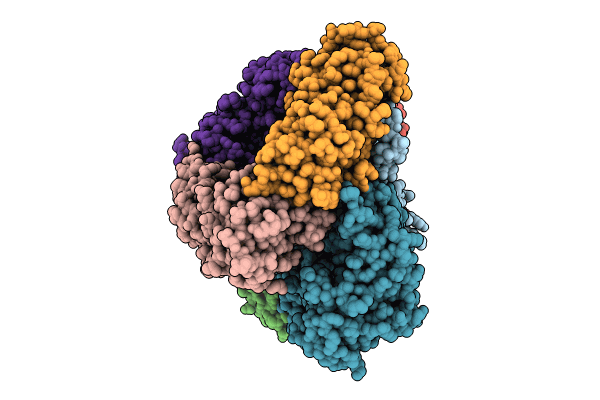
Deposition Date
2023-10-19
Release Date
2023-12-13
Last Version Date
2024-04-03
Entry Detail
PDB ID:
8UNH
Keywords:
Title:
Cryo-EM structure of T4 Bacteriophage Clamp Loader with Sliding Clamp
Biological Source:
Source Organism:
Tequatrovirus T4 (Taxon ID: 10665)
Host Organism:
Method Details:
Experimental Method:
Resolution:
3.21 Å
Aggregation State:
PARTICLE
Reconstruction Method:
SINGLE PARTICLE


